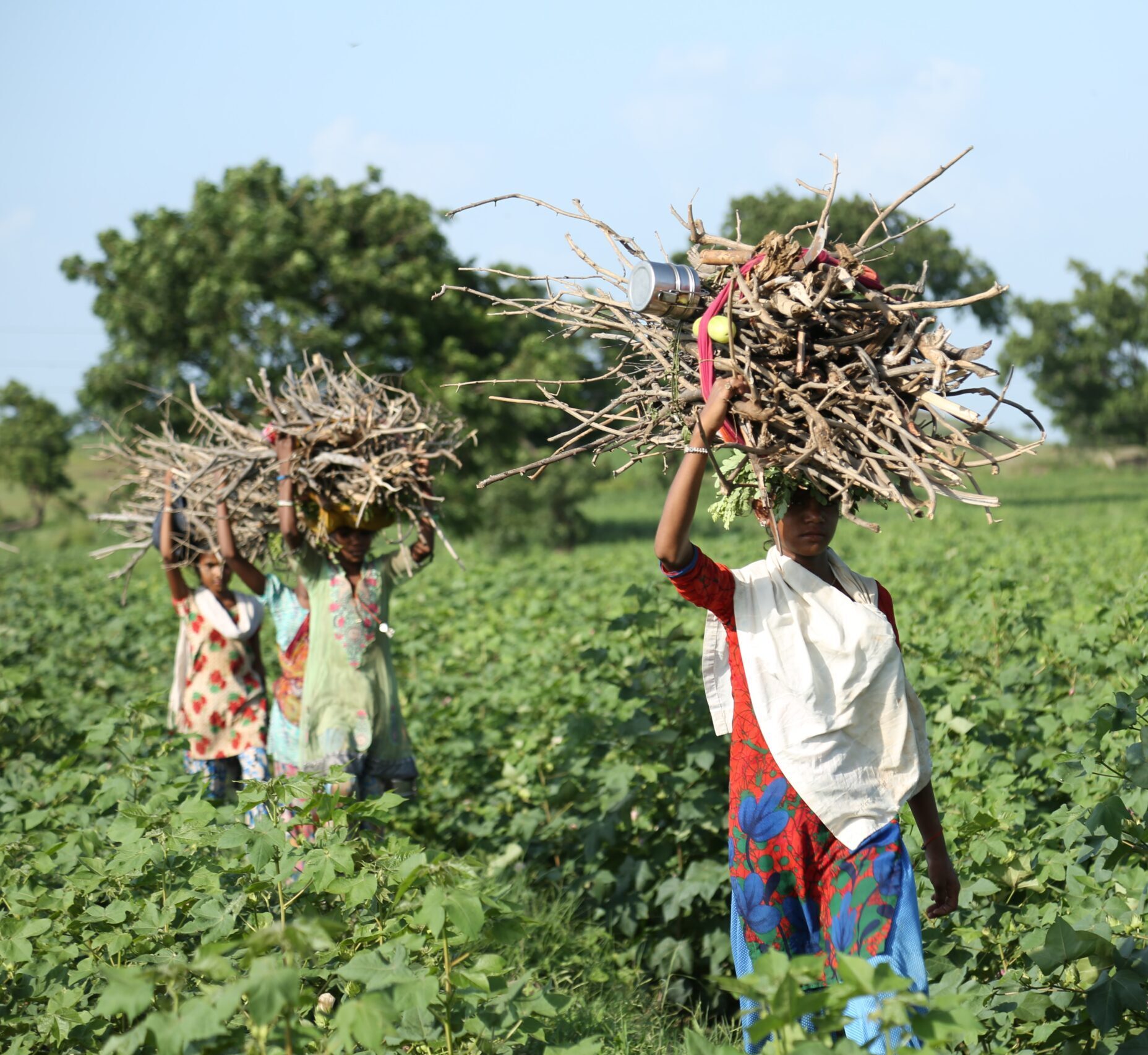What we’re watching: Weekly disaster update, July 10

We know all too well that disaster can strike anytime, anywhere in the world. Some disasters make headlines; others do not. Here at the Center for Disaster Philanthropy (CDP), we monitor the status of disasters worldwide and compile a list of the ones we’re tracking weekly, along with relevant disaster-related media coverage.
Here’s what we’re watching for the week of July 10, 2023.
New or Emerging Disasters
Floods – New York: A storm system brought heavy rain across the state of New York on July 9, flooding streets, prompting rescues and causing at least one death. The National Weather Service said the Hudson Valley received between five and eight inches of rain. Officials, including Governor Kathy Hochul, urged residents to exercise caution when driving since only two feet of water is enough to sweep a vehicle away. The flooding disrupted MTA and Amtrak services and resulted in the cancellation of hundreds of flights at Newark Liberty International Airport, John F. Kennedy International Airport and LaGuardia Airport.
Floods – Pakistan: The country’s monsoon season officially started last week and continues into September. The eastern city of Lahore received a record 10.7 inches (272 millimeters) of rain in nine hours on July 5, flooding streets and the city’s canal. In the past two weeks, at least 55 people have died in Pakistan following heavy rainfall. A landslide in Shangla, a district in the Khyber Pakhtunkhwa province, resulted in the deaths of at least eight children.
The rains and subsequent disaster events occurring a year after monsoon rains resulted in flooding and the deaths of at least 1,739 people. The 2022 floods inundated one-third of Pakistan at one point and affected approximately 15% of its population.
CDP continues to update its 2022 Pakistan Floods disaster profile, focusing on recovery needs. Recovery has been tedious, and many affected people continue to struggle. Approximately 1.8 million people were still living near contaminated and stagnant floodwater in March 2023. The UN warned in May that a nutrition crisis is looming in areas affected by the 2022 floods.
Floods – Mongolia: In traditionally cold and dry Mongolia, heavy rains resulted in flooding and damage to a dam at the Selbe River. Hundreds of people have been displaced, and infrastructure has been damaged in the capital, Ulaanbaatar. At least 100 residential buildings and hundreds of traditional yurts flooded, and more than 700 infrastructure facilities were damaged. Annual precipitation in Ulaanbaatar ranges from only two to just over 15 inches (50 to 400 millimeters), and the capital’s infrastructure is not equipped to manage heavy rain.
Floods – China: Heavy rainfall has led to significant flooding in China’s southwestern city of Chongqing, where at least 15 people have died. The floods forced thousands from their homes and damaged bridges, buildings and vehicles. The latest flooding affected more than 130,000 people and damaged more than 18,000 (7,500 hectares) of crops. Flood warnings are in place for Liaoning, Jilin and Heilongjiang provinces. In the wake of the flooding, China’s president, Xi Jinping, called for stronger efforts to protect lives and property from flooding. The country is also enduring another record-breaking summer of heat.
Storm – Netherlands: After hitting the south and east of England, Storm Poly battered the Netherlands and northern Germany. Poly was a rare and powerful storm that brought wind gusts of just over 90 miles per hour (146 kilometers per hour) in the port city of Ijmuiden. The Dutch meteorological institute issued red warnings for wind across the provinces of North Holland, Flevoland, Friesland and the IJsselmeer area. Poly, described as the Netherlands’ worst summer storm, left at least two people dead and 400 flights canceled at Amsterdam’s Schipol Airport.
Previous/Ongoing Disasters
Typhoon – Guam: More than six weeks since Typhoon Mawar briefly made landfall as a Category 4 storm on the island’s northern tip, electricity and water have not been fully restored. At one point, 98% of Guam lost power during the typhoon. PowerOutage.us does not track power outages on the island. However, National Voluntary Organizations Active in Disaster members in Guam have said power and water are mostly restored but not completely.
Mawar was the strongest typhoon to hit the U.S. territory of around 150,000 people since 2002, and the storm caused significant home damage. Rebuilding is a critical long-term recovery need for residents of Guam. A disaster declaration was approved for Guam (DR-4715), including individual and public assistance. As of July 6, 15,640 individual assistance applications had been approved for more than $46 million.
In addition to the disasters listed above, we actively monitor the following disasters or humanitarian emergencies. For more information, see the relevant disaster profiles, which are updated regularly.
- Afghanistan Humanitarian Crisis
- Horn of Africa Hunger Crisis
- 2023 North American Wildfires
- 2023 US Tornadoes
- 2023 Turkey-Syria Earthquake
- Sudan Humanitarian Crisis
- Ukraine Humanitarian Crisis
Complex Humanitarian Emergencies – The Sahel Regional Crisis
Many places worldwide are experiencing emergencies caused by conflict, climate change, drought, famine, economic challenges and other conditions that combine to create a complex humanitarian emergency (CHE). CDP maintains complete profiles on several CHEs, and what CDP considers Level 1 CHEs are profiled in this weekly blog post and tracked.
In 2023, 34.5 million people in the Sahel need humanitarian assistance. The Sahel is a semi-arid region of western and north-central Africa and is one of the world’s most crisis-prone areas. The region experiences droughts, floods and land degradation that threaten livelihoods, and needs are exacerbated by armed conflict and violence.
Insecurity and forced displacement harm the livelihoods of displaced people and host communities. Insecurity remains a significant concern in the central Sahel sub-region of Mali, Burkina Faso and Western Niger, with more than 1,075 people killed and 427 security incidents recorded in May alone.
According to the March update of the Cadre Harmonisé, 16.7 million people are severely food insecure, with Nigeria, Burkina Faso and Niger the most affected. During the rainy season (April-May 2023), the region experienced variable conditions. Above-normal rains were received in the western and eastern parts of the Sahel. However, the central Sahel saw abnormal dryness.
In Chad, fewer food products are available due to the rise in fuel prices and the decline in production because of crop loss during the floods, which results in higher food prices. The worst affected are displaced people and host households in the Lake and Western Sahel areas where Crisis (IPC Phase 3) outcomes continue to persist, meaning urgent action is required to protect livelihoods and reduce food consumption gaps. Chad is also grappling with supporting the influx of Sudanese fleeing the conflict there.
Upcoming webinars

July 13: The gendered nature of climate change

Aug. 10: Disaster case management: Navigating recovery one person at a time
What We’re Reading
- World registers hottest day ever recorded on July 3 – Reuters: According to the U.S. National Centers for Environmental Prediction, July 3 was the hottest day ever recorded globally. Climate scientist Friederike Otto of the Grantham Institute for Climate Change and the Environment at Britain’s Imperial College London said, “It’s a death sentence for people and ecosystems.”
- Wildfires in Canada have broken records for area burned, evacuations and cost, official says – The Associated Press: Michael Norton, director general, Northern Forestry Centre, Canadian Forest Service, said, “It’s no understatement to say that the 2023 fire season is and will continue to be record-breaking in a number of ways.” Norton also said above-normal temperatures and drought conditions are contributing factors.
- Latest 2023 Atlantic Hurricane Season Outlook Calls For Busier Season, Despite El Niño – The Weather Channel: An update released on July 6 by the Colorado State University tropical forecast team calls for 18 storms this hurricane season, nine of which are expected to become hurricanes. A strengthening El Niño and extremely warm Atlantic water temperatures are major contributing factors this season.
- Decolonizing knowledge in philanthropy: what does it mean? – Alliance: Shama Dossa, Clara Desalvo and Boikanyo Modungwa “reflect on actions that philanthropy can take and has begun to take to decolonize practices, policies and resource flows, and support transformation in relationships and power dynamics offering possibilities of creative and innovative approaches.”
- Horn of Africa: Around 60 million in urgent humanitarian need – United Nations: Climate, armed conflict, high food prices and post-COVID-19 economic fall-out have led to record food insecurity in the Horn of Africa. World Food Programme Senior Emergency Officer Dominique Ferretti said, “While we just concluded a rainy season which performed better than predicted, one rainy season is not enough to bring an end to the crisis.”
Dr. Joseph Dituri, who goes by “Dr. Deep Sea,” set a record for the longest time living underwater without depressurization to learn more about how the human body and mind respond to extended exposure to extreme pressure and an isolated environment.
